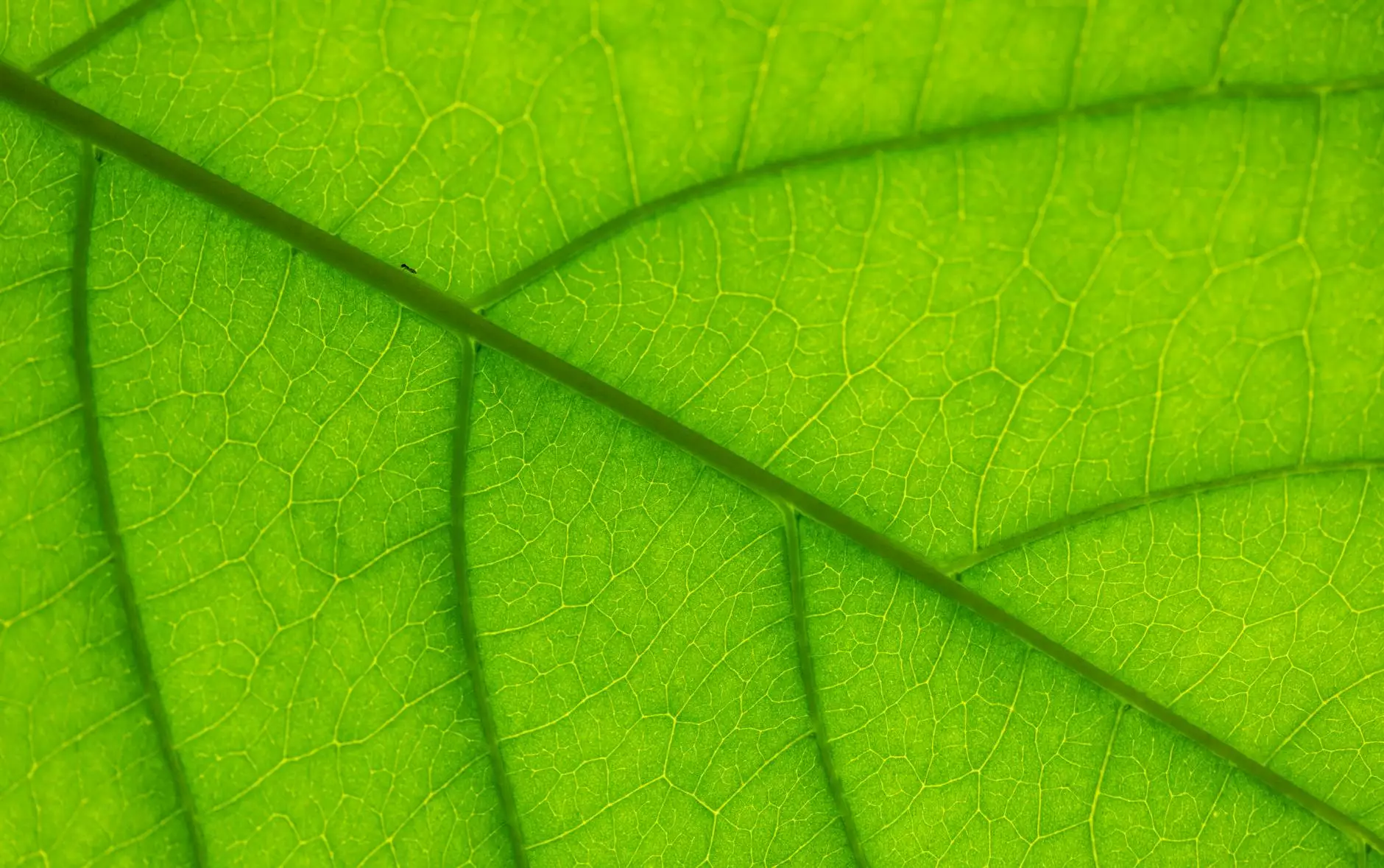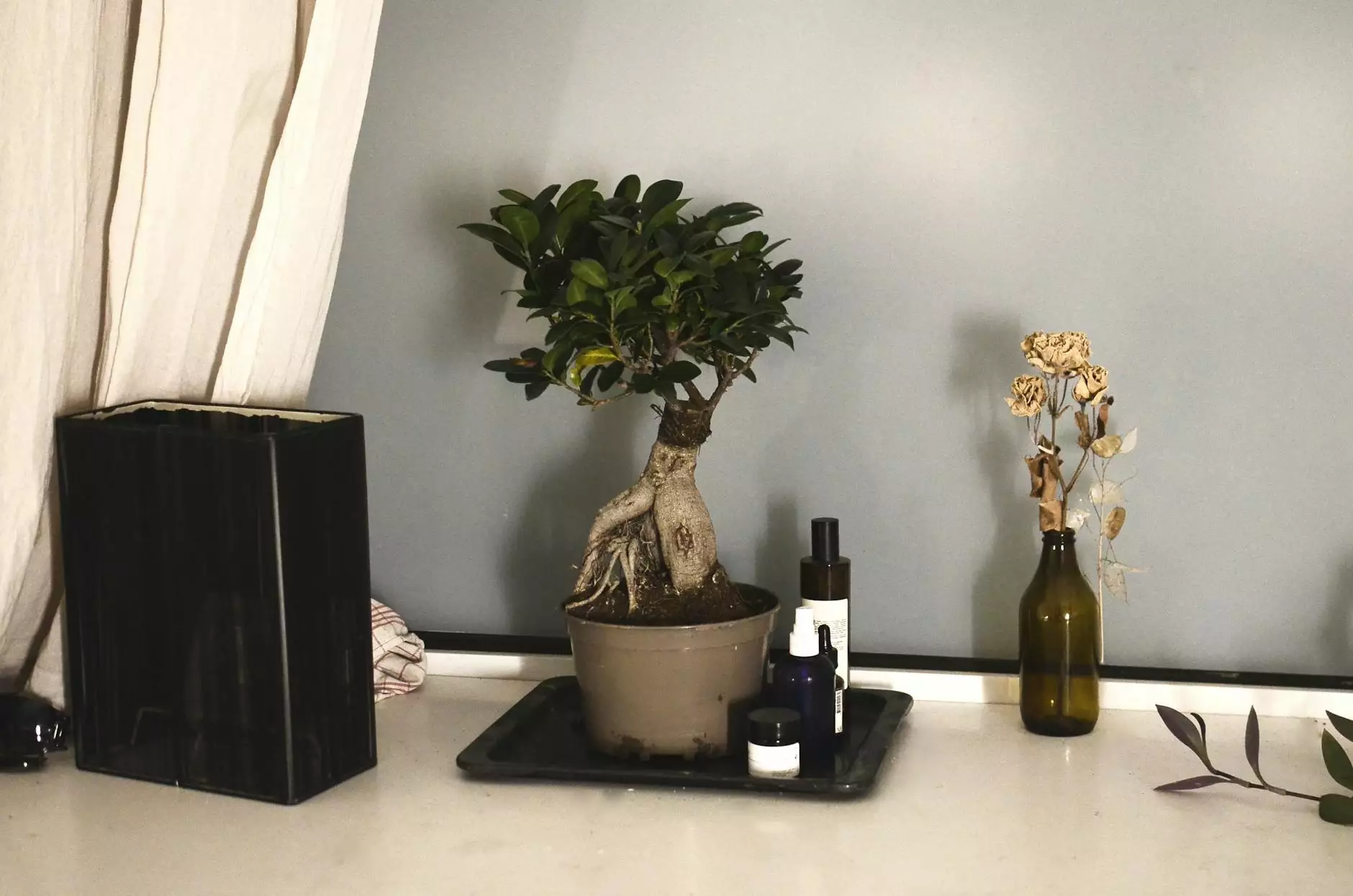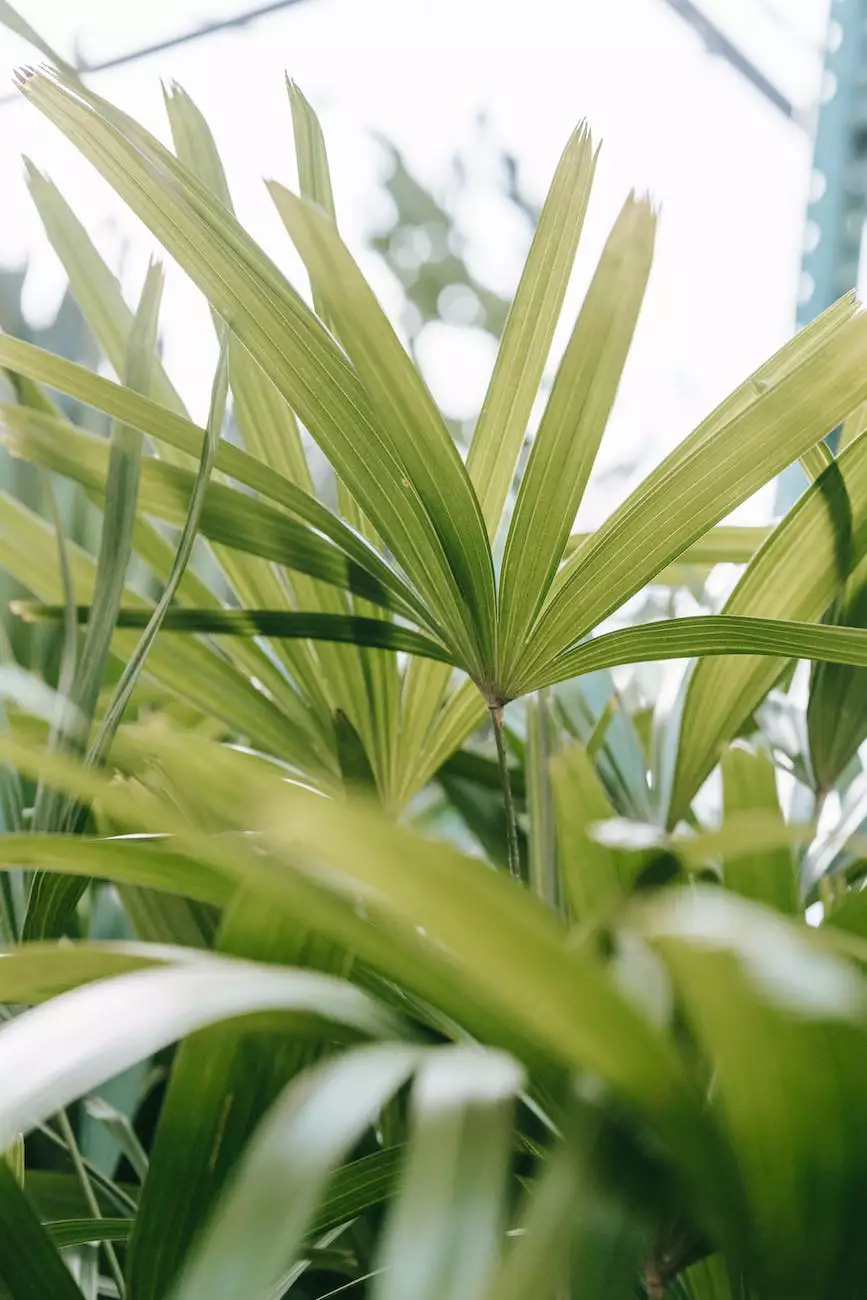What is Silica and Why Your Plants Need It
Blog
Gardening enthusiasts are often looking for ways to enhance the growth and health of their plants. One key element that plays a vital role in achieving optimal plant development is silica. Silica, also known as silicon dioxide (SiO2), is naturally found in various forms such as quartz and sand.
The Benefits of Silica for Your Plants
Silica is an essential component for plant growth and plays a crucial role in strengthening their structure. Implementing silica into your gardening routine can lead to several notable benefits for your plants.
1. Improved Strength and Resilience
By incorporating silica into your plant's nutritional intake, you can significantly enhance their strength and resilience. Silica aids in the development of robust cell walls, providing structural support and protection against environmental stressors.
Plants fortified with silica are better equipped to withstand harsh weather conditions, diseases, and pest attacks. The strengthened cell walls act as a physical barrier, preventing fungal and bacterial infections, ultimately contributing to healthier and more vigorous plants.
2. Increased Nutrient Absorption
Silica has the incredible ability to enhance nutrient absorption in plants. It helps create a porous root system by promoting the growth and density of root hairs. This increased surface area allows plants to absorb more water and essential nutrients from the soil.
With improved nutrient uptake, your plants can reach their full growth potential and achieve optimal health. Silica also aids in the efficient transportation of nutrients throughout the plant, ensuring that they are distributed where needed.
3. Enhanced Tolerance to Environmental Stress
Silica acts as a natural defense mechanism for plants, enabling them to cope better with various environmental stressors. It strengthens plants from within, making them more resistant to drought, high temperatures, and UV radiation.
With the ability to regulate transpiration rates, silica helps plants maintain their water balance during periods of water scarcity, protecting them from wilting and dehydration. This attribute is especially beneficial in regions with arid climates or during dry spells.
4. Improved Root System Development
The presence of silica in the soil promotes healthier root system development. Silica encourages the growth of lateral roots and root branching, leading to a denser and more extensive root network.
A robust root system effectively anchors plants in the soil, improving their stability. It also facilitates efficient nutrient uptake and increased water absorption, supporting overall plant growth and development.
How to Incorporate Silica into Your Gardening Routine
There are several ways to introduce silica into your gardening routine to ensure your plants receive its numerous benefits.
1. Silica Supplements
One convenient method is to use silica supplements specifically designed for plants. These supplements are available in various forms, including soluble powders, liquid concentrates, and granules. Follow the manufacturer's instructions for proper application and dosage.
When using silica supplements, ensure that you distribute them evenly to the root zone of your plants. This helps maximize nutrient absorption and assists in the efficient utilization of silica by the plants.
2. Silica-Rich Fertilizers
Another approach is to opt for fertilizers that contain silica as one of their key ingredients. Look for fertilizers labeled as having a high silica content or those formulated for plant strengthening and stress resistance.
These fertilizers can be applied during the planting phase or as a top dressing around existing plants. Be sure to follow the recommended application rates and frequency to avoid over-fertilization, which can lead to nutrient imbalances.
3. Natural Sources of Silica
You can also explore natural sources of silica to enrich your garden soil and provide a steady supply of this essential element. Organic materials such as diatomaceous earth and volcanic rock dust are excellent sources of silica and offer additional benefits in terms of soil fertility and nutrient enrichment.
Amend your soil with these natural sources by incorporating them during soil preparation or top-dressing your existing garden beds. This ensures a gradual release of silica into the soil, benefiting your plants over time.
Conclusion
Understanding the importance of silica for your plants is the first step towards achieving thriving and robust greenery. By incorporating silica into your gardening routine, you can significantly improve the strength, resilience, and nutrient absorption capability of your plants.
When plants have access to sufficient silica, they become more resistant to environmental stressors, display healthier root systems, and achieve greater overall growth potential. Consider utilizing silica supplements, silica-rich fertilizers, or natural sources of silica to provide your plants with the optimal conditions for their development and well-being.




